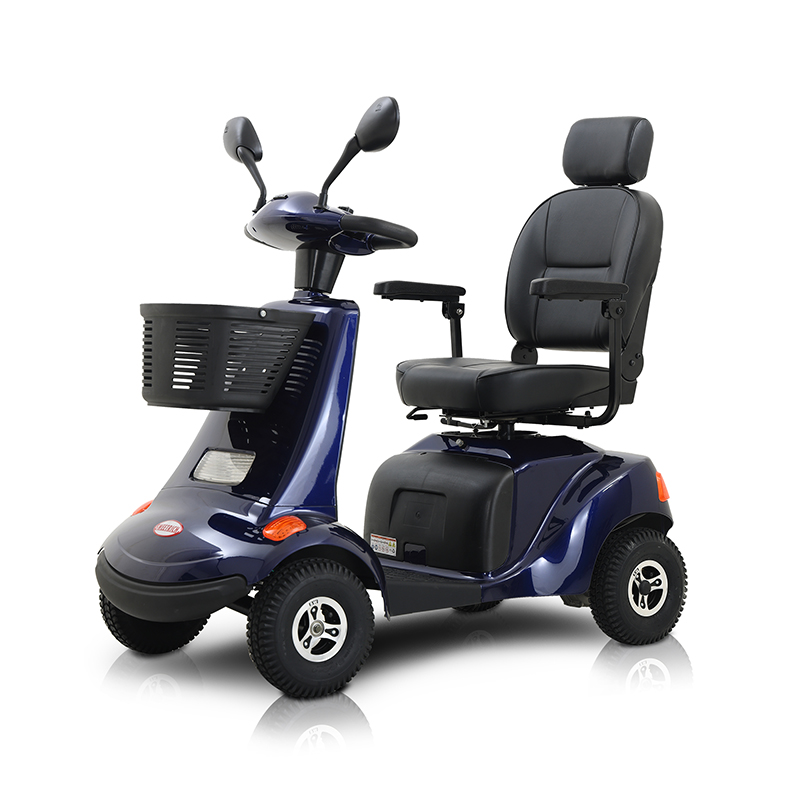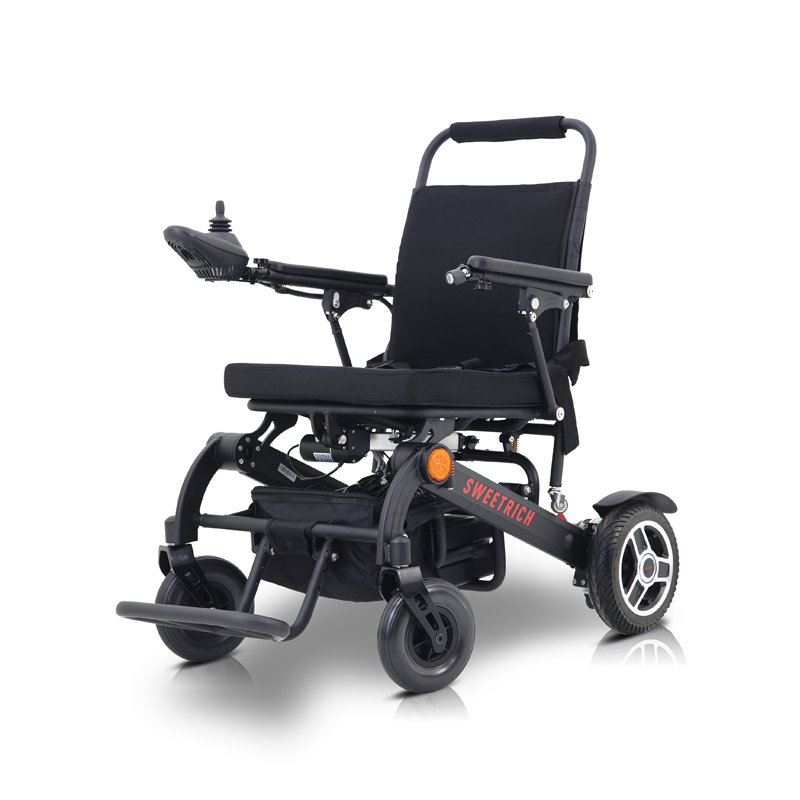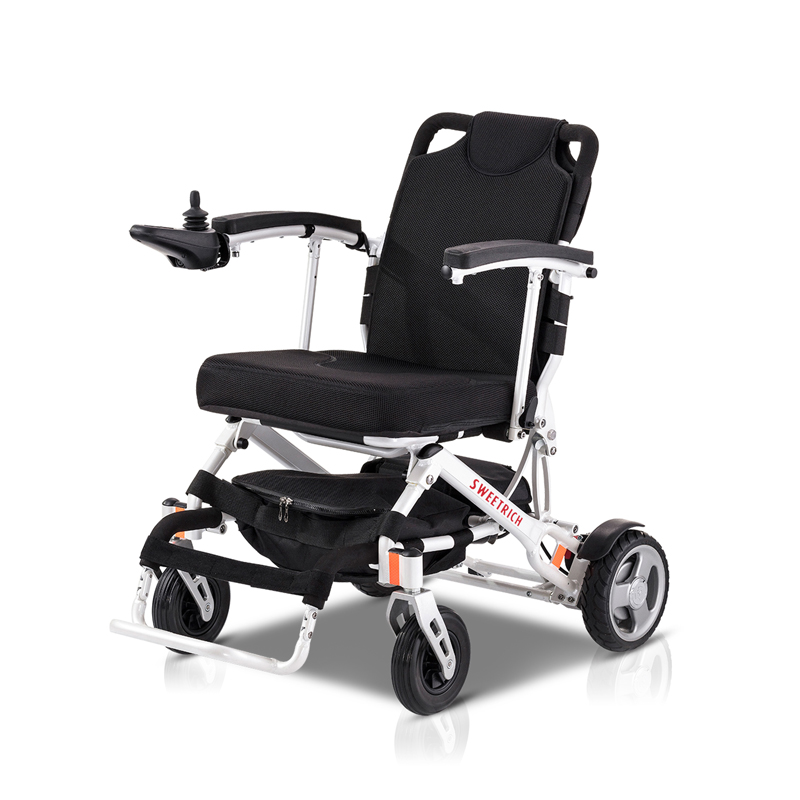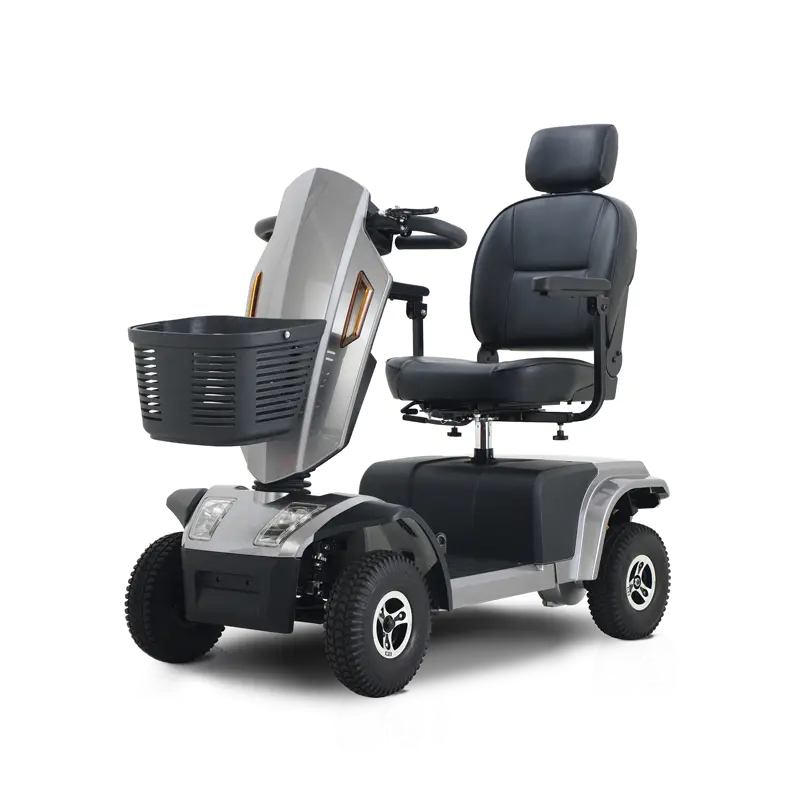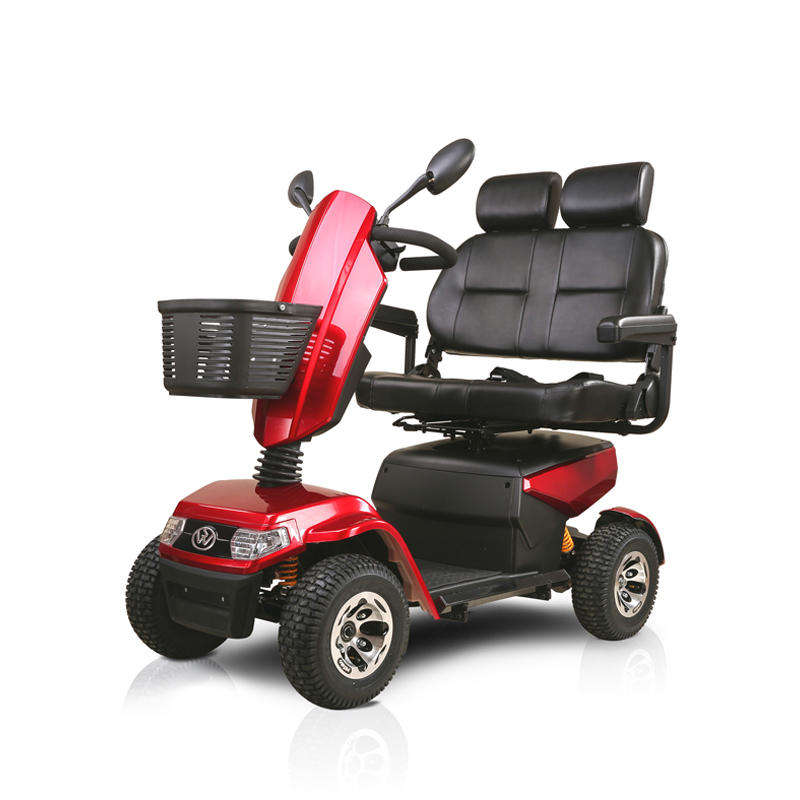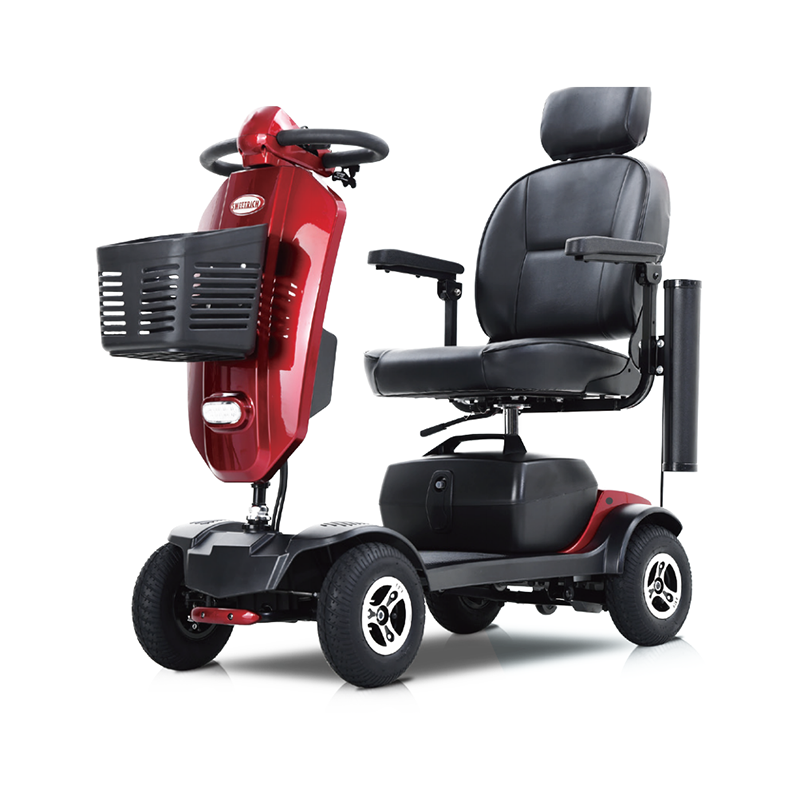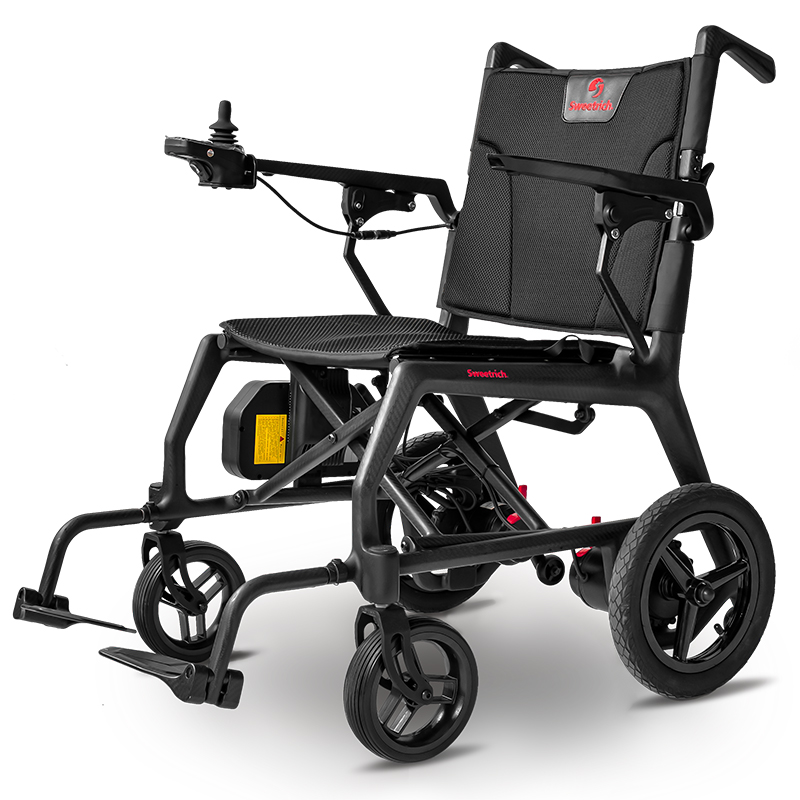Mobility scooters, sometimes referred to as electric wheelchairs or mobility aids, are designed to help individuals with mobility impairments travel independently. These devices are becoming more common, offering individuals with limited mobility the ability to move around neighborhoods and cities. However, the regulations for using mobility scooters on public roads and sidewalks differ across countries and regions. This article will explore the rules and regulations regarding the use of mobility scooters in various parts of the world.
In many countries, mobility scooters are classified as personal mobility aids and are allowed on public roads and sidewalks. They are often treated similarly to bicycles or pedestrians, subject to specific regulations. However, it is essential to follow local rules and guidelines to ensure the safety of both the scooter user and others on the road or sidewalk.
Before using a mobility scooter on public roads or sidewalks, it's important to verify that the device meets the legal requirements set by local authorities. Typically, mobility scooters must have certain features, such as headlights, taillights, turn signals, reflectors, and a horn, to be considered roadworthy. Additionally, scooters should adhere to a speed and weight limit, which may vary by jurisdiction. Consulting local traffic laws or the transportation department will provide information on the specific requirements in your area.
One of the common restrictions for mobility scooter users is the speed limit. In many regions, the speed for mobility scooters is between 4-8 mph (6-13 km/h), lower than the speed limit for bicycles. This speed limit helps ensure the safety of all road users, as mobility scooters are less maneuverable and slower than traditional vehicles.

When it comes to sidewalk use, regulations are often more varied. Some cities prohibit mobility scooters on sidewalks, while others allow them with certain restrictions. In places where scooters are permitted on sidewalks, users should follow guidelines to protect pedestrians. These often include keeping a slower speed, yielding the right-of-way to pedestrians, and being cautious of obstacles or hazards on the sidewalk.
Here are some general tips for mobility scooter users to ensure a safer experience:
- Familiarize yourself with the local traffic laws and mobility scooter regulations. Contact the local transportation department or advocacy groups for guidance.
- Make sure your mobility scooter meets the necessary requirements, such as proper lighting and safety features.
- Always stay alert and cautious while using the scooter on roads or sidewalks. Be aware of pedestrians, cyclists, and other vehicles.
- Whenever possible, use designated paths and bike lanes to minimize conflicts with other road users.
- Maintain a safe distance from vehicles and try to avoid busy traffic areas.
- Use hand signals when turning and follow the same rules as cyclists when sharing the road.
- Regularly inspect and maintain your mobility scooter. Check the tires, brakes, and batteries to ensure everything is functioning properly.
It's important to note that the laws and regulations regarding mobility scooters are continuously being updated. Mobility scooter users should stay informed about any changes or updates that could impact their ability to use these devices in public spaces.

